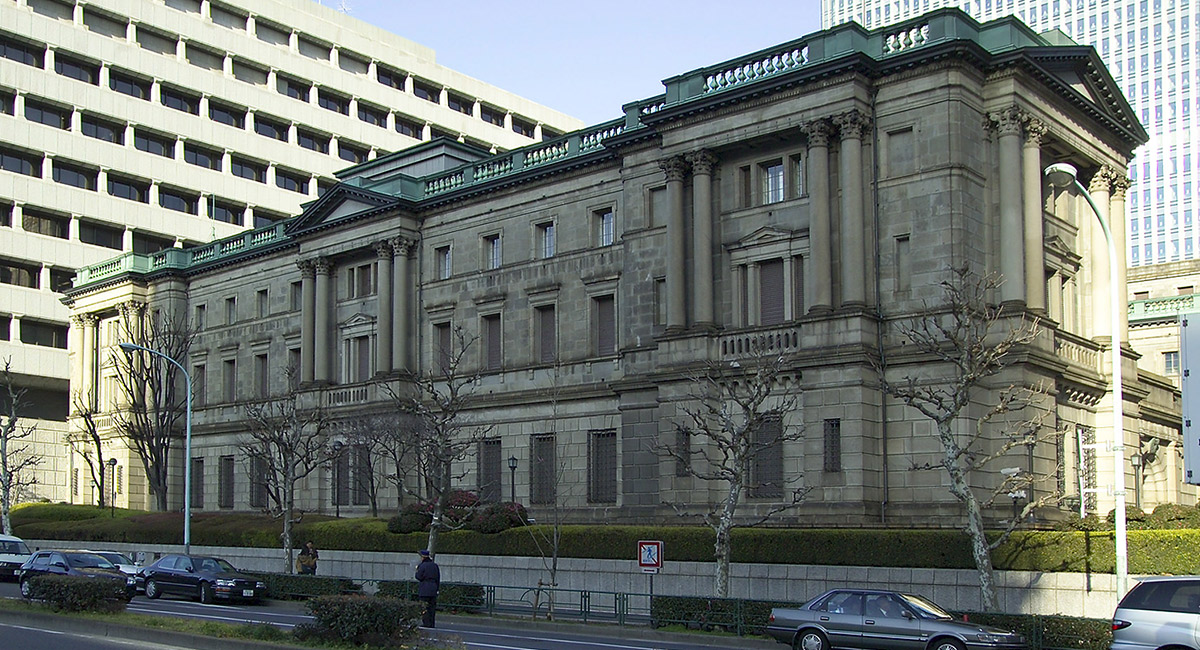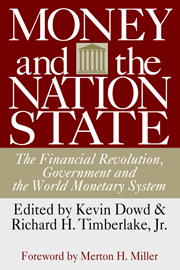Japan’s yen traded at 115 to the U.S. dollar in January 2022. By mid-October, the yen had shed 23.3% of its value. A Financial Times headline that month identified what everyone decided was the culprit: “Fumio Kishida backs Bank of Japan’s ultra-loose policy despite yen plunge.” Prime Minister Kishida was supporting the Bank of Japan’s policy of suppressing long-term yields on government bonds to interest rates near zero. This is the bank’s much-advertised, unorthodox “yield-curve control” policy, or YCC, and it put Japan at the center of a great monetary-policy fallacy.
That policy was altered on Dec. 20, when the bank announced it was widening the trading band for government bonds. This tweak provoked reaction around the world. Was Japan, the world’s largest creditor, going to abandon its ultra-loose monetary policy and take the lid off interest rates?
The question sent analysts, markets and the financial press into a tizzy. The government bonds sold off, and the yen soared. Bank of Japan Gov. Haruhiko Kuroda, however, made clear that it was only a tweak. As he put it: “This measure is not a rate hike. Adjusting the YCC does not signal the end of the YCC or an exit strategy.” With that, traders calmed down and concluded that Japan’s ultra-loose monetary policy would stay put.
But the interpretation of Japan’s monetary policy as “ultra-loose” is wrong. Tokyo has endured ultra-slow monetary growth for decades. From the bursting of Japan’s financial bubble in 1992 to the onset of Covid in 2020, the growth rate of the country’s money supply has averaged an anemic 2.6% per year. Today it hovers close to that rate, at 3.1%. Accordingly, Japan’s inflation rate has averaged an almost imperceptible 0.3% a year. Ultra-slow money growth has produced ultra-low inflation and ultra-low bond yields.
The commentators have clearly forgotten the quantity theory of money and Milton Friedman’s dictum that “monetary policy is not about interest rates; it is about the growth rate of the quantity of money.” As a result, they have fallen into the fallacy that the stance of monetary policy can be judged by interest rates alone. Based on the growth of the money supply, Japan clearly fails to qualify as ultra-loose. On the contrary, it has been ultra-tight for decades.
That tightness put Japan right where anyone using the quantity theory of money would expect: with ultra-low inflation. As Friedman said long ago, “I know of no exception to the proposition that there has been a one-to-one relation between substantial rises in prices and substantial rises in the stock of money.” Recently, one of us (Mr. Hanke) completed a study of 147 countries from 1990 to 2021. The correlation between the growth rate in those countries’ money supplies and inflation rates was 0.94, close to Friedman’s one-to-one relation. Changes in the money supply and changes in inflation are clearly joined.
Japan’s ultra-low inflation rates have been the result of ultra-tight, not “ultra-loose,” monetary policy. The Bank of Japan’s attraction to this fallacy has resulted in Japan’s lost decades.











